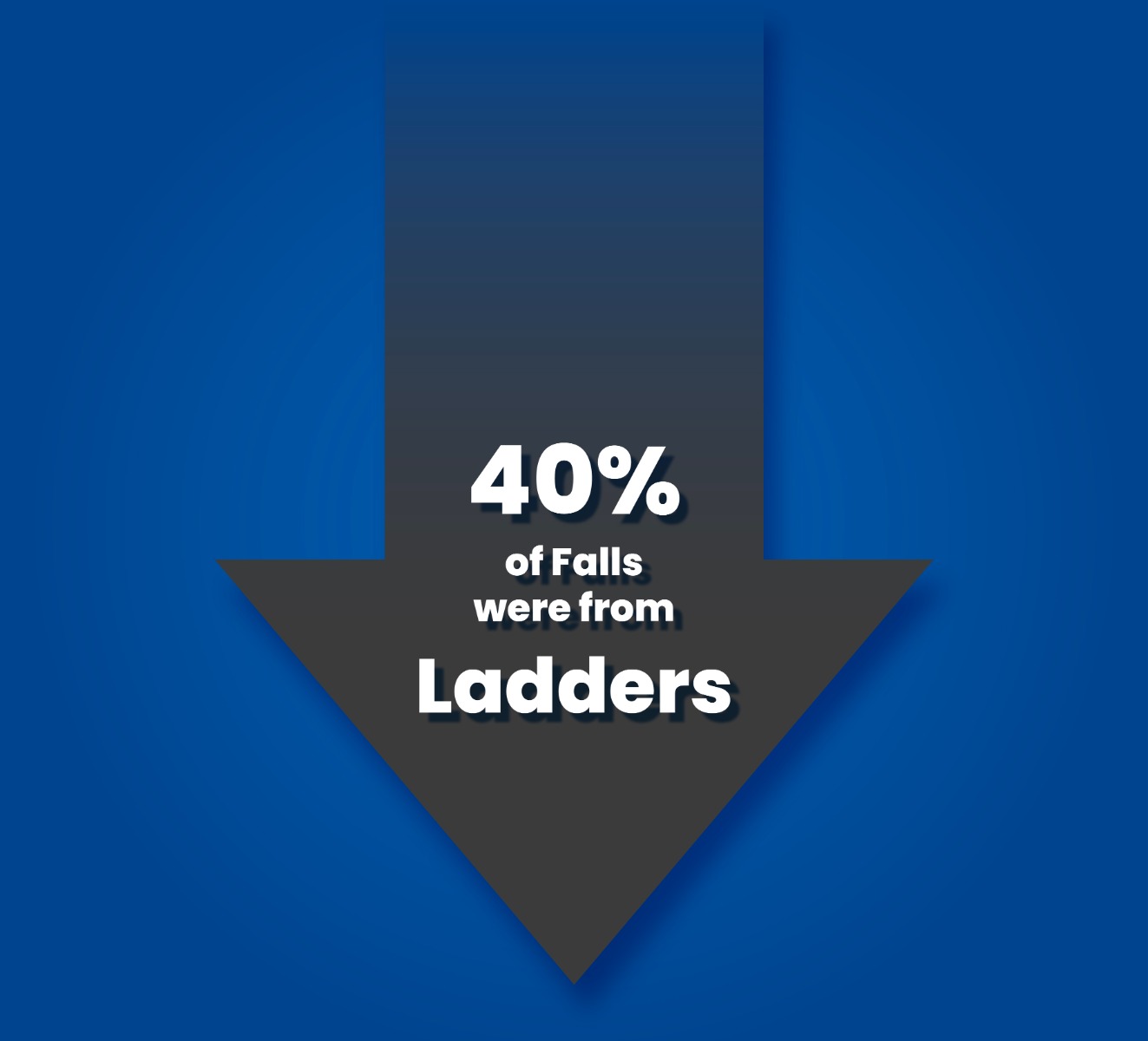 Add My Company
Add My Company

Working at height is an essential aspect of numerous different industries. In construction, manufacturing and hospitality, it is often the case that workers must reach heights beyond the norm in order to complete daily tasks. As such, getting hold of the right access equipment is essential, whether this comes in the form of scaffolding, scissor lifts or ladders.
The humble ladder is perhaps the most well recognised access solution, where these range in size from the simple step ladder to large extension ladders. Each ladder is well suited to a specific application or task, where using the correct equipment is paramount for the preservation of good safety standards.
These days, innovation in the world of ladders has positioned safety at the forefront of design, helping to minimise the risks associated with working at height. Read on to find out more about new developments in access solutions, with a look at how ladders have been adapted to protect their users.
Ladder Hazards
Innovations in ladder design have come about through necessity, where working at height can put employees and DIY enthusiasts at risk if access equipment is unsafe. In the workplace, falls remained the leading cause of deaths in 2023, where these are most prevalent in the construction industry.
According to the UK Health & Safety Executive, accidents resulting from working at height also occur in the food and drink industries. Over the last three years, 40% of recorded falls were the result of working with ladders in particular, where misuse of this access equipment can be extremely hazardous.

In particular, ladders can pose a risk to users in the following ways -
Placement - Ladders are only as safe as the ground they’re placed on, where slippery or unstable surfaces can cause a ladder to fall.
Overreaching - Reaching beyond the ladder’s limit can also cause falls, where three points of contact should be maintained with the equipment at all times.
Weather Conditions - External conditions can destabilise a ladder, where wind can make balancing difficult whilst rain can cause rungs to become slippery.
Defective Equipment - Access equipment should always be checked for defects before use, where broken parts or weak joints can cause accidents.
Innovations in Ladder Design

Fortunately, recent innovations in ladder design are working to combat these everyday hazards, helping users to prioritise their safety and reduce risk factors. Some of these innovations include:
Anti-Slip Technology
One of the biggest hazards when it comes to using access equipment is slipping, where this can occur in rainy weather conditions or if the ladder is manufactured from polished metal. Today, many ladders are constructed using slip resistant coatings and materials, helping users to get a better grip as they climb.
Integrated Handrails
Many A-type ladders can also include integrated handrails, where these make ascending and descending much safer. Often these handrails are designed with user-friendly grips and with weatherproof coatings to improve safety. Some may also be collapsable to assist with ladder storage and manoeuvring into tight corners.
Adjustable Feet
Some ladders today are designed with adjustable feet, which makes it easier to use this access equipment on uneven surfaces. The ladder feet can be extended and positioned for better grip whilst the ladder is in use, where these can then be folded away if the ladder is moved to a flat, sturdy surface.
Fall Arrest Equipment
Some ladder users may also benefit from additional fall arrest equipment when working at height, where developments in this area have helped to make construction work in particular much more safe. Harnesses, cables and hoist systems are ideal for preventing accidents, whilst also allowing workers to feel more confident when completing jobs at a high height.
Automatic Levelling Tools
Automatic levelling technology is another innovation that helps to make ladders safer. These are particularly useful when it comes to positioning a ladder on a set of stairs or another potentially hazardous surface. An automatic leveller can also come in handy for using a ladder outside, particularly if the ground is uneven.
Safety Locks
A further innovation in ladder safety is automatic locking technology. These instruments help to hold a ladder open when it's in use, preventing the ladder from accidentally folding up. Usually these safety locks can be adjusted to find a preferred ladder angle, where they can also be released for easy folding of the ladder when it is no longer in use.
Lightweight Materials
These days, ladders can be made from all kinds of materials in order to make them safer and easier to use. Traditional steel and wood are now being replaced by lighter aluminium or fibreglass, where this makes ladders easier to position. These new materials are also more durable, helping to prevent ladder corrosion and other malfunctions.
Smart Ladders
Access equipment today is also being designed to incorporate smart technologies in order to improve safety standards. Smart ladders utilise sensors and real time data gathering to detect if the ladder is set up correctly. These systems can also alert the user if they are overreaching or if the ladder is becoming unbalanced.
TopTower: Premium Ladders & Access Equipment For Your Project
At TopTower, we supply a variety of access ladders and ladder accessories to help you to reach new heights. Our range includes large extension ladders as well as specialist loft and conservatory access solutions. Beyond this, we also supply fibreglass ladders and steps, designed to keep you safe whilst working with electrical equipment.
Simply get in touch with our team today to find out more about our full product range.
For more information on Innovations in Ladder Design: What's New in Access Solutions talk to Toptower Ltd

